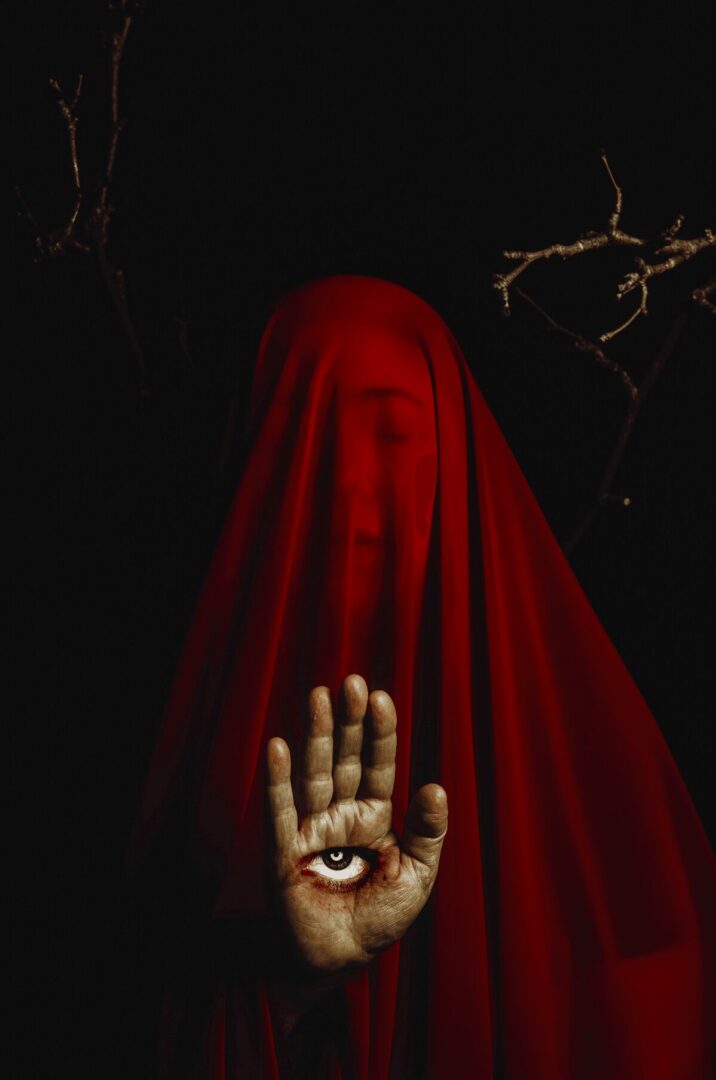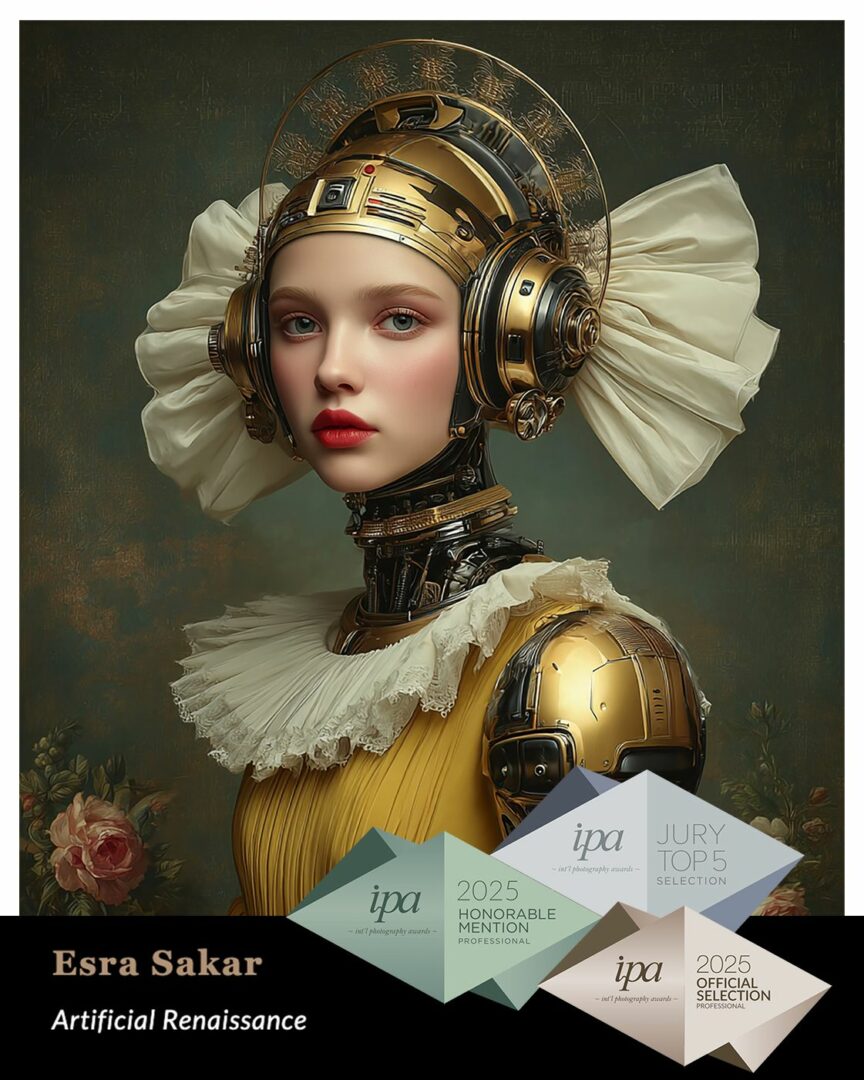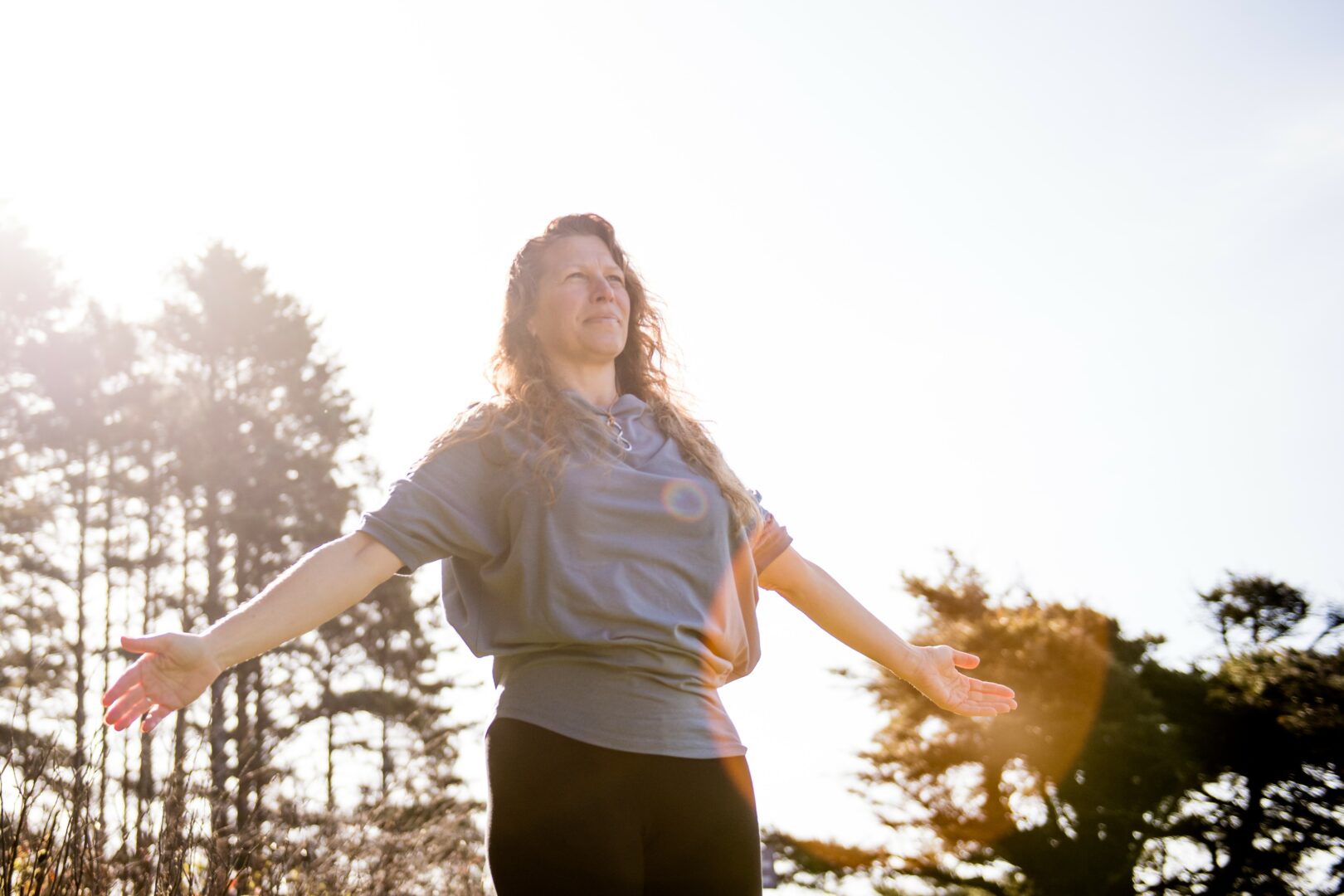We were lucky to catch up with Esra Sakar recently and have shared our conversation below.
Esra, appreciate you making time for us and sharing your wisdom with the community. So many of us go through similar pain points throughout our journeys and so hearing about how others overcame obstacles can be helpful. One of those struggles is keeping creativity alive despite all the stresses, challenges and problems we might be dealing with. How do you keep your creativity alive?
As a fine art photographer and visual artist, I think creativity stays alive when you stop trying to control it. For me, it’s not a switch I turn on; it’s more like a pulse that moves quietly beneath everyday life. When I feel disconnected, I return to silence, to observing people, and to the fragments of emotion that often go unnoticed.
Sometimes inspiration comes from art or literature, but most often it comes from absence, from stillness, from listening. I keep my creativity alive by allowing myself to feel deeply, even the uncomfortable parts of being human. Art grows in those spaces where reason ends and emotion begins.
Over time, I have also learned that creativity needs distance. When I step away from my work, when I travel, walk alone, or even just watch light change on a wall, ideas start to resurface in unexpected forms. I think the artist’s mind needs both chaos and calm, moments of deep silence where the subconscious can speak.
Ultimately, creativity for me is not only about remaining open to the invisible dialogues between the self and the world; it is also about transforming those moments of awareness into consistent artistic production, where emotion, thought, and form converge into meaning.

Thanks, so before we move on maybe you can share a bit more about yourself?
I am a fine art photographer and visual artist based in Istanbul. My works explore the psychological and mythological dimensions of the human condition, the fragile spaces between consciousness and the unconscious, emotion and silence, reality and dream. I often focus on themes such as trauma, identity, and memory, using photography as a tool to translate the unseen and to give form to invisible emotions.
My artistic vision is deeply shaped by mythology and psychology, two timeless systems that attempt to understand human nature. Through symbolic narratives and introspective portraiture, I seek to explore how emotion and myth intertwine in shaping our sense of self.
In recent years, my works have been exhibited internationally in London, Milan, Glasgow, Lancaster, Budapest, Barcelona, and Istanbul. I have also received awards from the International Photography Awards (IPA) and the Budapest International Foto Awards (BIFA), as well as the People’s Choice Award at Doncaster Art Fair (UK, 2025) for my work “Alien Hand Syndrome”, which was recognised for its psychological depth and emotional resonance.
Beyond exhibitions, I am also developing projects that merge photography with emerging technologies such as artificial intelligence, as seen in my series “Artificial Renaissance.” These experiments aim to question how technology can reflect consciousness and redefine visual storytelling in a contemporary context.
At their core, my works are an ongoing search for empathy, transformation, and connection, a visual dialogue between the seen and the unseen. I believe that art, when born from honesty, has the power not just to express emotion, but to heal it.

Looking back, what do you think were the three qualities, skills, or areas of knowledge that were most impactful in your journey? What advice do you have for folks who are early in their journey in terms of how they can best develop or improve on these?
Looking back, I think three qualities have shaped my artistic journey more than anything else: empathy, observation, and resilience.
Empathy allows me to see beyond the surface of things. It helps me connect with people, emotions, and stories that are often hidden or unspoken. Without empathy, art becomes decorative; with it, it becomes human.
Observation is the foundation of my creative process. I believe an artist must learn to look twice: once with the eyes and once with the heart. The smallest gestures, the subtle movements of light, or a fleeting silence can often contain more truth than grand moments.
And finally, resilience. The artistic path can be uncertain and emotionally demanding. There are times of doubt, silence, and rejection. But these moments are not the end; they are part of the process. I’ve learned that consistency, patience, and curiosity keep creativity alive.
For those who are at the beginning of their journey, my advice is simple: Be patient with yourself and never lose your curiosity. But most importantly, see the world not just as a landscape, but as an atlas of emotion. Your art will only deepen when you bravely explore that atlas.

Do you think it’s better to go all in on our strengths or to try to be more well-rounded by investing effort on improving areas you aren’t as strong in?
I believe it is essential to honour one’s strengths, to refine, expand, and go deeper into what feels authentic and natural. But I also think growth happens when we gently explore the areas where we feel less certain. Every weakness, if approached with curiosity, can become an unexpected bridge toward new forms of expression.
Photography has always been my strongest and most fluent language. Through it, I have learned to translate emotion into form and silence into image. Over time, my curiosity led me to explore how technology might converse with that language rather than compete with it. This curiosity evolved into a dialogue between photography and artificial intelligence, not as a replacement, but as an extension that allows emotional and psychological concepts to take new visual shapes.
This intersection between the human and the digital became an exciting new territory for me, giving birth to projects like Artificial Renaissance, where I merged fine art photography with AI-generated imagery. That exploration opened new dialogues in my work and received recognition from international awards such as the IPA and BIFA.
To me, the goal is not to be perfectly balanced but to allow one’s strengths to grow wider by integrating what once felt like weaknesses. Creativity thrives in that space, where confidence and curiosity meet.
Contact Info:
- Website: https://www.esrasakar.com
- Instagram: https://www.instagram.com/_esrasakar_/
- Linkedin: https://www.linkedin.com/in/esra-sakar/


Image Credits
Esra Sakar
so if you or someone you know deserves recognition please let us know here.




